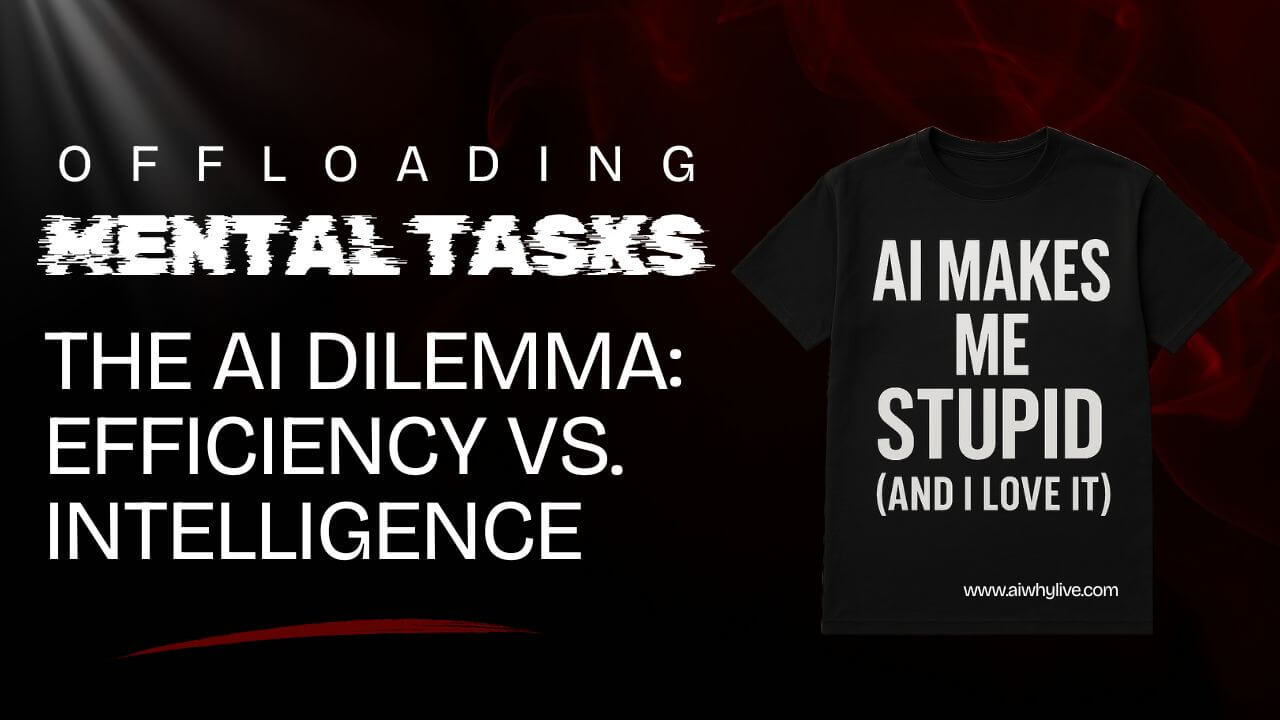Once upon a time, stupidity was a punchline. Now it’s a business model.
In the golden age of Filipino humor, shows like Wow Mali! by Joey de Leon delivered pranks with wit, timing, and cultural nuance. They made you laugh—and think. Today? A guy gets slapped with a fish, screams “prank lang!” and earns ₱50,000 in ad revenue. Multiply that by five reposts, and you’ve got a system that rewards distraction over depth.
Welcome to the AI-powered stupidity economy, where nonsense is scalable, and attention is currency.
📱 Stupid Is the Strategy—Because It Pays
Let’s break down the formula:
- Low-effort prank videos staged in public, often recycled across multiple channels
- Green joke reaction clips, where creators say nothing but react to sexual innuendos with exaggerated faces
- AI-generated skits using cloned voices and generic punchlines like “Bakit masarap ang pancit? Kasi may sahog ng feelings.”
- Duplicate content farms reposting the same viral clip across TikTok, Facebook, and YouTube Shorts—watched by the same viewers due to algorithmic loops
The result? Creators earn from views, shares, and engagement—even if the content is intellectually bankrupt.
🤖 AI Joins the March of Mediocrity
AI tools now make it easier than ever to mass-produce stupidity:
- Voice clones of comedians delivering recycled jokes
- Lip-synced avatars telling “life advice” that’s really just punchlines
- Auto-generated prank scripts with fake conflict and resolution
- AI-generated thumbnails are designed to bait clicks with exaggerated expressions and fake drama
Even bots are learning to be stupid—because stupid gets clicks.
🧠 What We’re Losing
As explored in Rewarding Stupidity vs Deep Thinking in the Age of AI, the real cost isn’t just wasted time—it’s cognitive erosion.
- Filipino attention spans are shrinking, with 4.2 hours spent daily on social media, much of it consumed by low-value content
- Young creators mimic viral junk, chasing views instead of crafting meaningful work
- AI tools are underused for deep thinking, as users default to entertainment over exploration
- Cultural humor is diluted, replaced by algorithm-friendly nonsense that lacks context or critique
We’re not just watching stupidity—we’re being trained by it.
💸 Why Platforms Love It
- Engagement = profit. Even outrage or confusion counts as a click.
- Algorithms reward repetition, not originality.
- Low-effort content is cheap to produce, easy to scale, and hard to ignore.
In short, stupidity is efficient. And efficiency is profitable.
🐾 Final Thought: From Wow Mali! to Wow Waley?
Filipino humor was once a mirror, reflecting society with wit and wisdom. Now it’s a loop—repeating the same joke until it becomes noise.
AI didn’t invent stupidity. But it made it scalable. And if we don’t demand better, we’ll keep rewarding less.
Let’s not just monetize attention. Let’s honor intelligence—even when it’s funny.
📚 Sources
- AIWhyLive – Rewarding Stupidity vs Deep Thinking in the Age of AI
- PhilSTAR Life – Filipinos Use AI More Than Global Average
- Spot.ph – More Filipinos Use AI Than We Realize
- Newsbytes – Pinoy Workers Lead the World in AI Use
- Statista – Social Media Usage in the Philippines
- YouTube Creator Academy – Monetization Trends
- TikTok Business Insights – Engagement Metrics







